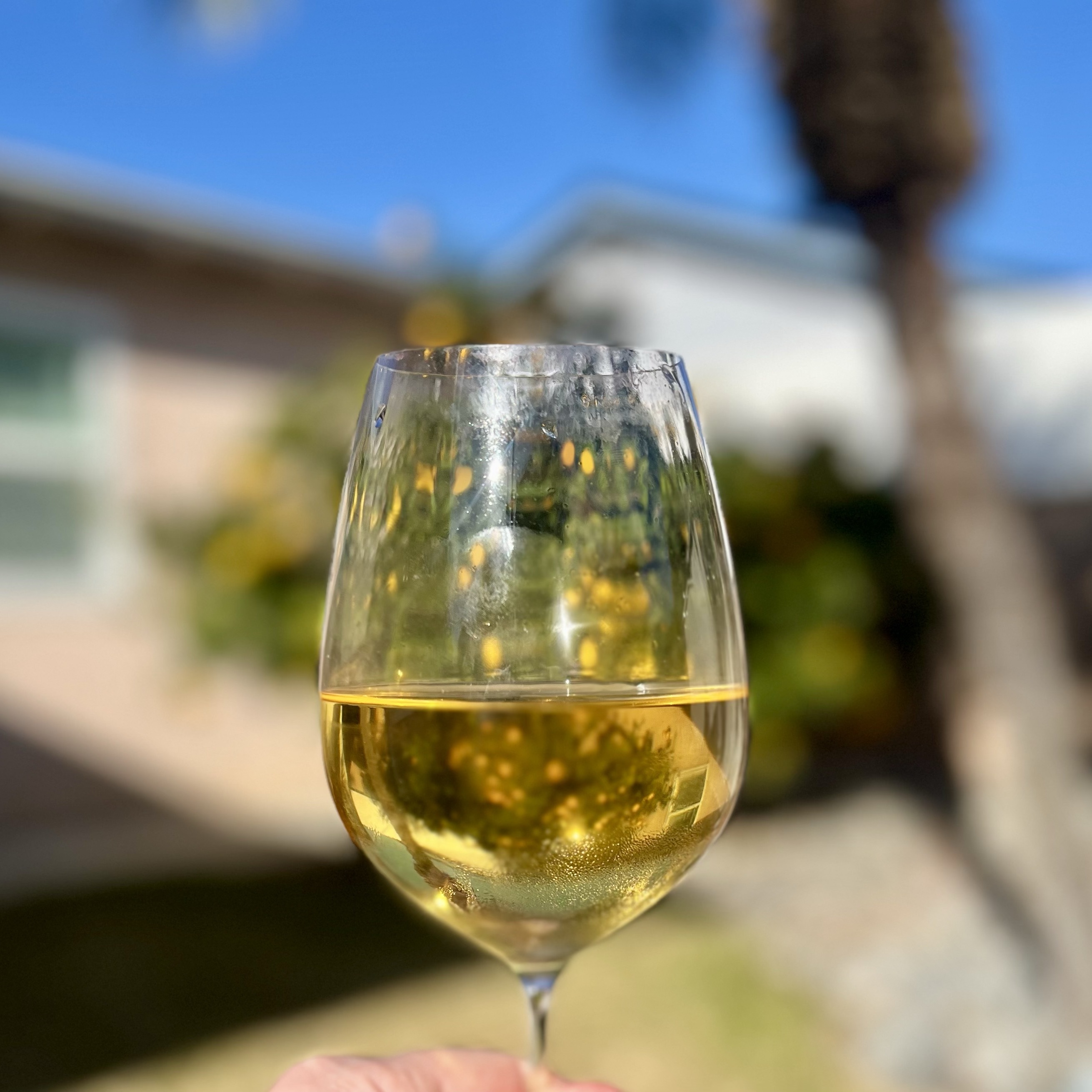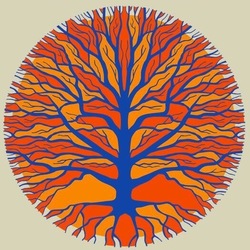Rootstock
Pierre-Yves Colin-Morey
Bourgogne Chardonnay 2018
Stupid at under $40. Buy all you can.
Green & Golden apple, banana, lemon & lime candy, cream, super soft chalkiness, vanillin, fruit blossoms, spring flowers, jasmine caramel notes, honeysuckle to understated honey, with yellow florals, spring flowers with mixed greens. If you are an acid head (like me) it’s perfect. Excellent long finish that is well balanced, elegant, polished and sings persistently for minutes ending in mid white spice.
Photos of; one of their Grand Cru vineyards, likely 40-50 year plus rootstock, Pierre-Yves Colin and library cellar. — 5 years ago

R. López de Heredia
Viña Tondonia Reserva Rioja Tempranillo Blend 2006
With the Wine Blight laying waste to her vineyards, France went from 8:1 exporter in 1870 to 6:1 importer in 1887. Legions of wine farmers faced total financial ruin. With no cure - or even a proper diagnosis - in sight, many saw no option but to flee to lands not yet affected.
The influx of institutional knowledge that flooded into former backwater wine regions like Rioja catapulted them into relevance, and soon matured into a world-class standard. The farmers had found respite, but couldn't run forever. By the time Phylloxera crossed the Pyrenees, however, there would be new ways to fight back.
French botanist Jules-Emile Planchon had a theory. If the blight was caused by a microscopic American insect as he suspected, perhaps grafted European varieties on American rootstock would be resistant. This would be confirmed by Missouri entomologist Charles Riley, and with millions of rootstocks supplied by Texas horticulturalist T.V. Munson, the Wine Blight was soon in remission.
(This is adapted from notes for Le Dû’s Wines ‘History of Wine 1453AD-Present’ seminar, where this wine was poured) — 6 years ago
La Cave du Vin Blanc de Morgex et de La Salle
Blanc de Morgex et de La Salle Prié Blanc
In addition to its unique bottle shape and colorful, eye catching label, the 2023 Blanc de Morgex et de la Salle, is
also known for being produced at Europe’s highest vineyard: the Valle d’Aosta region in the upper northwest of Italy, on the borders of France and Switzerland, just a chip shot from the Summit of world-famous Mont Blanc.
The clear, light straw appearance is followed by persistent lemon/lime/floral aromatics and flavors. It is sourced from pre phylloxera rootstock of the indigenous Prié Blanc grape.
It is well balanced and structured with ample fruit and acidity; Light bodied, but somewhat fleshy, with a lingering touch of skin contact (oak?) at the long mouth coating finish. A most unique wine from a singular site. Worth a try if you can find it. — 4 months ago
Daou Vineyards
Pessimist Paso Robles Red Blend 2017
This is ridiculously fruity and jammy yet dark and tannic, 🍷delicious drink now, not serious. Happy Saturday, Cheers! @Rootstock Los Gatos — 6 years ago
Lioco
Demuth Vineyard Chardonnay 2014
This is such a dynamic site. 1600ft above the valley floor, Wente clone on AXR-1 rootstock planted in 1982. This has white Burgundy nods written all over it in opening it tonight on 6/20/2019. Cheers John & Kai!
This is delish and the remaining bottles that capture this vineyard’s site expression still out there in the wild are worth celebrating. — 7 years ago
Rosenblum Cellars
Harris Kratka Vineyard Zinfandel 2005
A rich but now well balanced Zin in that ripe style that I’d likely not have been too fond of when it was younger. Bottle coated with sediment and oak is prominent in how it’s resolved with plummy berry vanilla notes. Back label says a field blend of Zin Carignane and Petit Sirah, Alexander Valley vineyard, vines cultivated on St. George rootstock grafted onto a 75 year old clone of Zin. — 5 years ago
Bohème Wines
English Hill Vineyard Sonoma Coast Pinot Noir 2016
medium reddish purple, translucent core, amber rim; red cherry, raspberry, mushrooms, pine needles; red fruit, slightly spicy finish; medium body, good acidity, light tannins which are fine grained, 13.5% ABV; made from 100% Pinot Noir sourced from vineyard Kurt Beiler planted rootstock in 2004 and grafted 2006 with multiple clones, site is in both the Sonoma Coast and Russian River Valley AVA’s and is the warmest of his 3 vineyard sites; about 30% whole clusters were used, aged 18 months in 20% new French oak; $55 — 6 years ago
Emmolo Winery
Napa Valley Merlot 2017
In 1923 Salvatore Emmolo immigrated from Sicily to Napa buying property and starting grapevine rootstock. Salvatore’s granddaughter Cheryl started the Emmolo label in 1994, now run by Jenny Wagner, Cheryl’s daughter. Grapes sourced from Napa Valley’s Oak Knoll district, deep Ruby with purple edges and aromas of black fruits, some oak and sweet spice. The palate yielded berry jam and fruit tastes with a touch of roasted espresso beans and a perfect amount of pungent, almost smoky spice, to a clean light oak and nutty finish on smooth, slightly gripping tannins. A real Gem! Tasting Sample! — 6 years ago










Ana Negrete
Purchased from rootstock, was good. Organic. Mom said she liked the Chianti purchased a few weeks prior more — 3 months ago